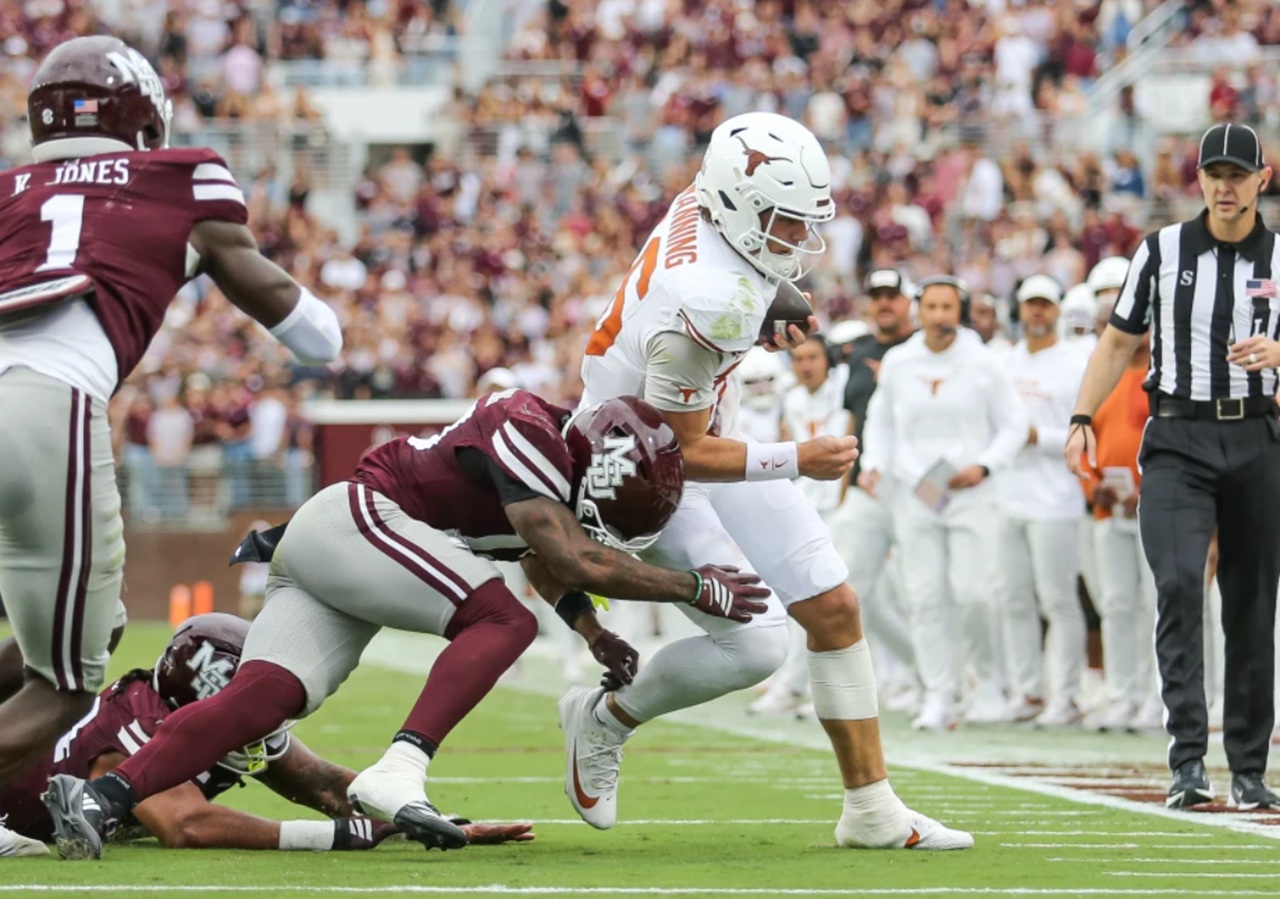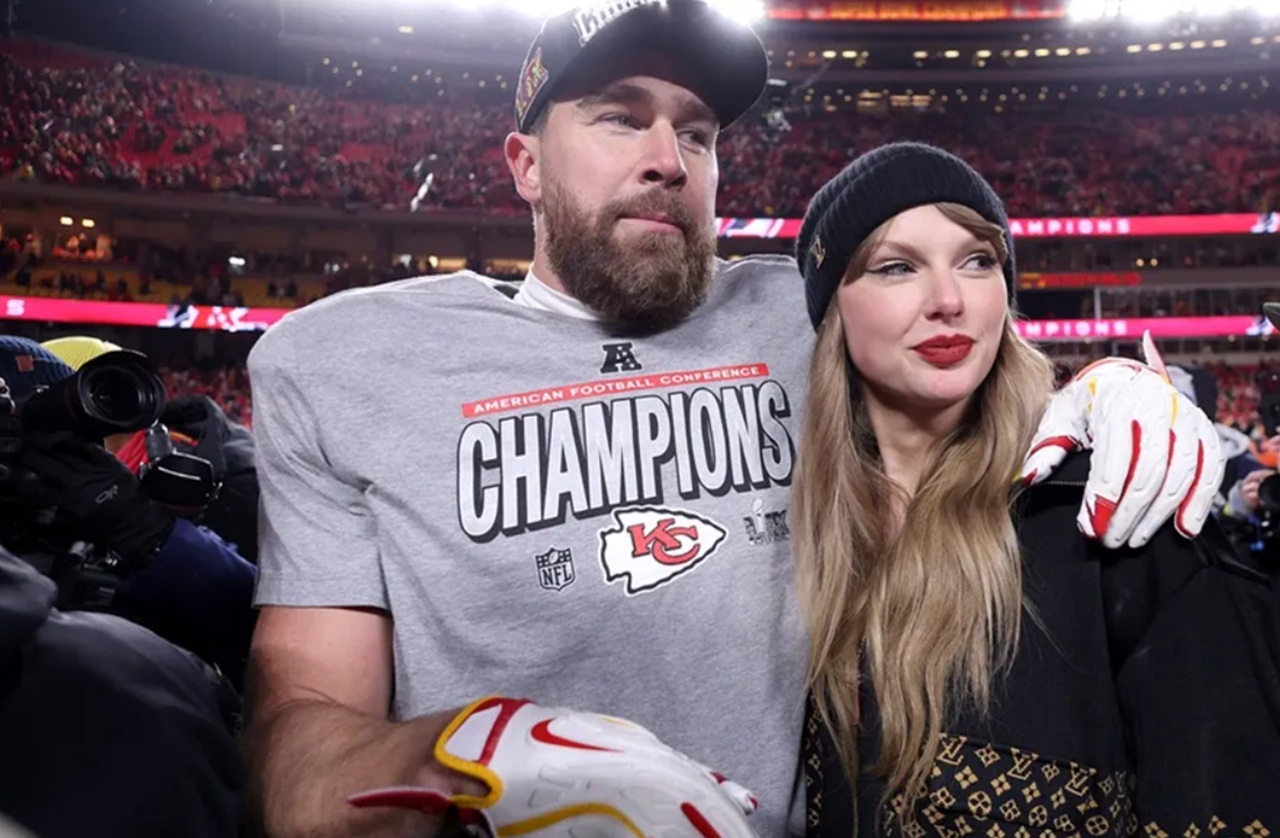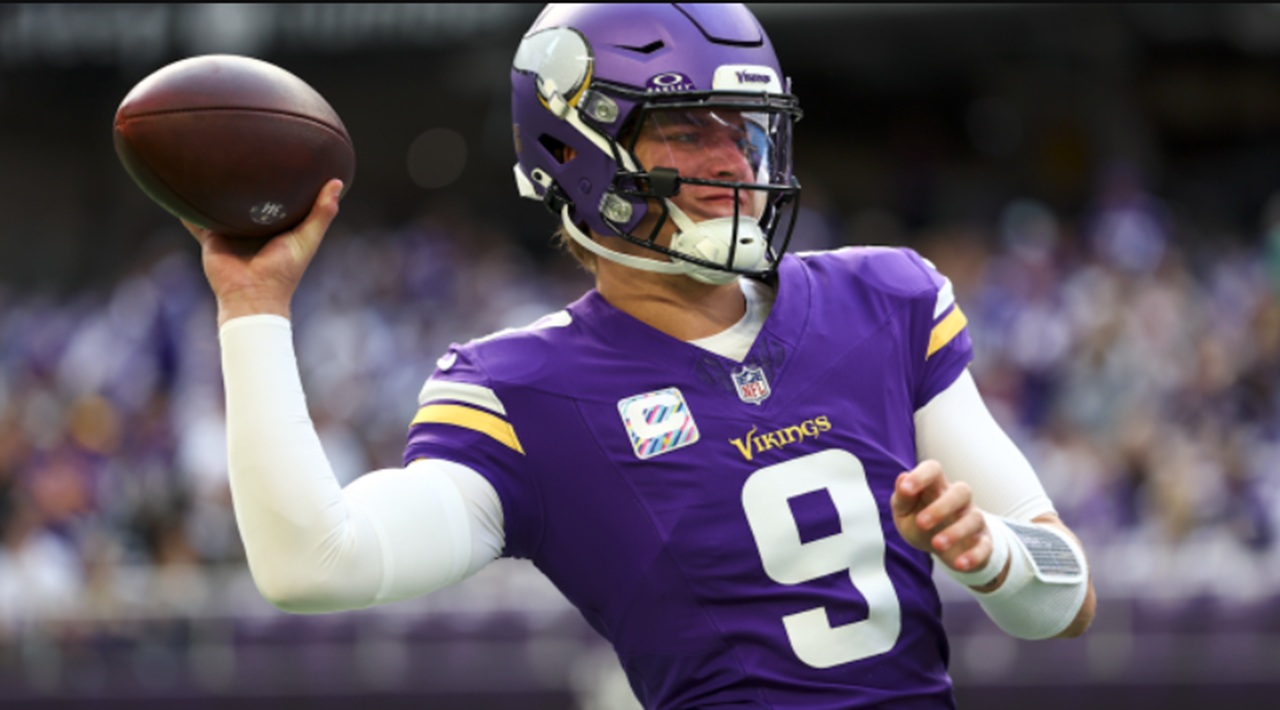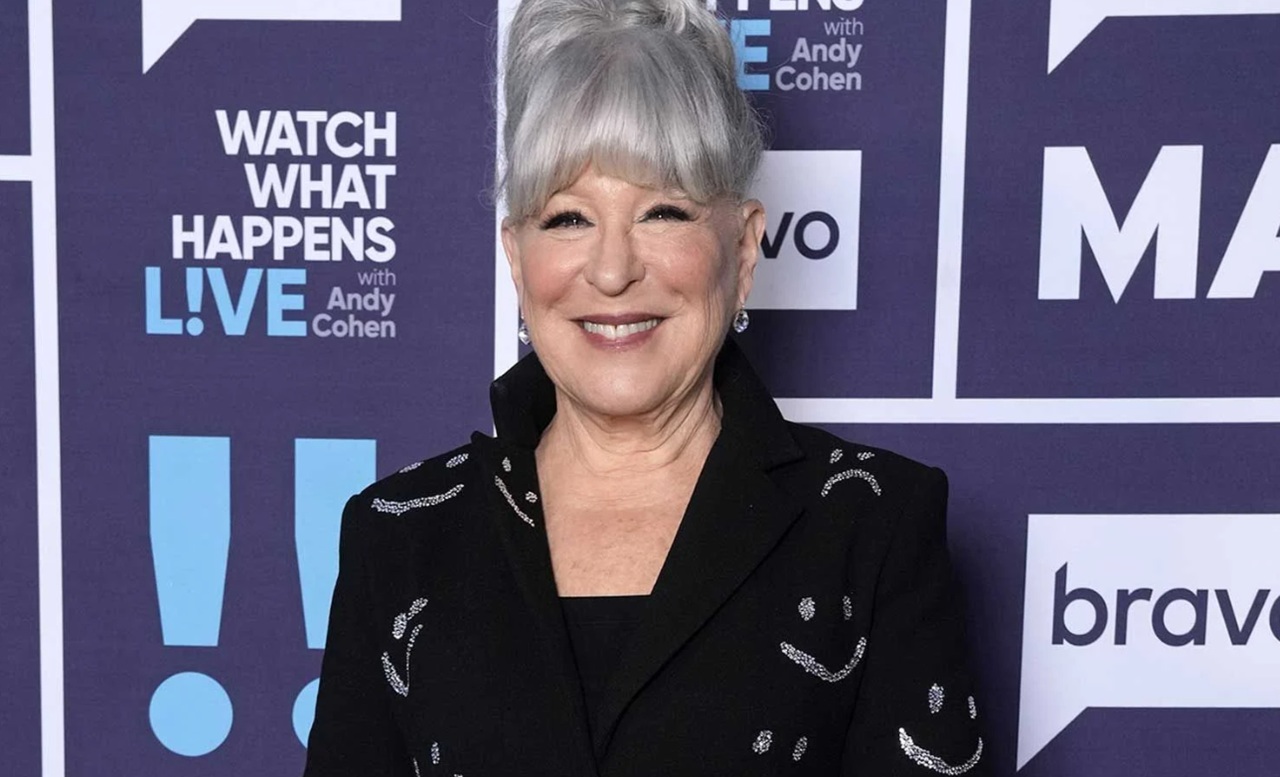Texas quarterback Arch Manning is officially in the NCAA concussion protocol after taking a hit to the back of his head during the Longhorns’ overtime victory at Mississippi State on Saturday, October 25. Manning did not practice on Monday, October 27, and his availability for this weekend’s Vanderbilt game remains uncertain pending medical evaluation.
According to team officials, Manning’s return will depend entirely on clearance from medical staff under NCAA concussion guidelines. Texas has already prepared contingency plans if their star quarterback cannot play.
What Happened to Arch Manning Against Mississippi State
The injury occurred on the first play of overtime when Arch Manning scrambled for a 13-yard gain. As he began to slide, he was driven into the turf, hitting the back of his helmet hard. Manning immediately left the field under his own power and was evaluated in the medical tent.
Before his exit, Manning delivered his best performance of the season, throwing for 346 yards, three touchdowns, one interception, and adding a rushing score. His leadership helped Texas erase a double-digit deficit and secure a vital SEC win.
Backup quarterback [Name undisclosed by team] finished the game and led the Longhorns to a decisive overtime victory.
Sarkisian Confirms Manning’s Evaluation Continues
Head coach Steve Sarkisian confirmed that Arch Manning remains in the concussion protocol, undergoing daily assessments.
“We’re following every step of the medical process,” Sarkisian told reporters. “Arch is doing well, but we’ll only move forward once the doctors clear him. Player safety comes first.”
The coaching staff emphasized that the backup quarterback will take first-team reps during practice this week, with updates expected later in the week.
How NCAA Concussion Protocol Works
Under the NCAA’s concussion management plan, players must complete several stages before returning to play:
Symptom-limited rest – monitoring for headaches, dizziness, and cognitive issues.
Light aerobic activity – gentle cycling or jogging once symptoms ease.
Sport-specific exercise – football drills without contact.
Non-contact practice – full-speed training, still without contact.
Full clearance – after passing neurological and physical tests.
If symptoms return at any point, the athlete moves back one stage. The protocol ensures player safety and minimizes long-term health risks, especially for high-profile athletes like Arch Manning.
What Manning’s Status Means for Texas
If Arch Manning is unavailable against Vanderbilt, Texas may adjust its offense to emphasize short passes, quick reads, and an expanded running game. Manning’s chemistry with receivers has been crucial, and his absence could test the team’s rhythm and adaptability.
However, Texas’ overtime resilience against Mississippi State underscored the depth and readiness of the squad. Coaches insist the focus remains on health and sustainable performance, not rushing recovery.
What’s Next for Texas
The Longhorns will continue to monitor Manning’s progress throughout the week. His return against Vanderbilt will hinge on medical clearance and symptom-free participation in non-contact practice.
An official update from the team is expected by Friday, ahead of Saturday’s matchup in Austin.














